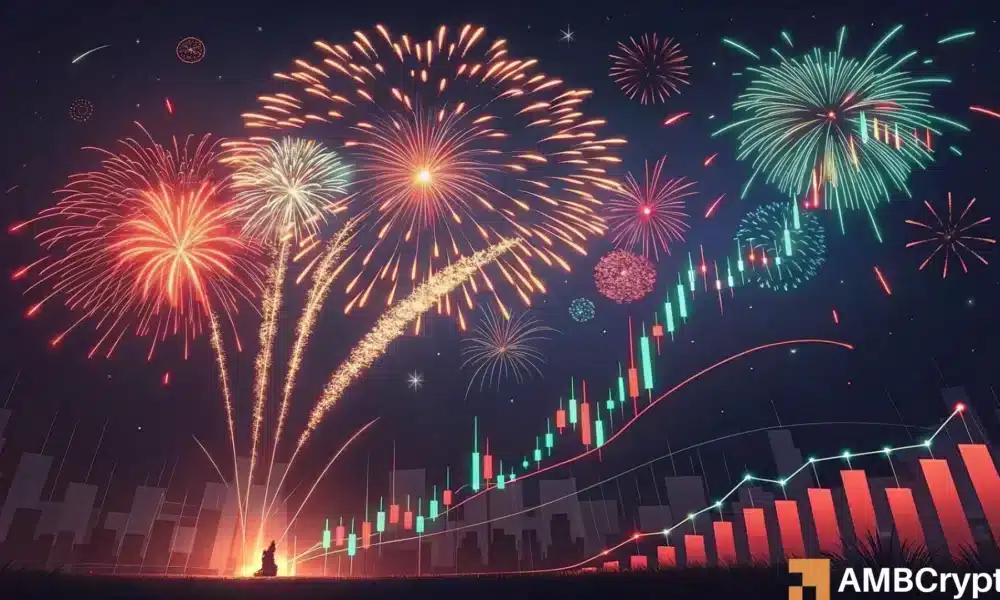The Impact of Traditional Finance Holidays on xStocks Trading Volume
In recent trading trends, the world of decentralized finance (DeFi) has faced a significant challenge: a sharp drop in trading volume for tokenized equities known as xStocks. Following the 4th of July holiday, trading activity plummeted by over 93%, suggesting these digital assets still heavily depend on the traditional finance (TradFi) calendar. Even though these tokenized versions of real-world equities are designed for 24/7 trading, they have shown a surprising correlation with Wall Street’s trading rhythms. This article delves into the implications of this trend and what it means for the future of tokenized equities.
From Boom to Bust: A Post-Holiday Analysis
On July 2, xStocks experienced a trading high of $8.5 million and saw significant participation, with over 6,600 active traders engaging in various transactions. However, by July 5, this enthusiasm evaporated, with daily trading volumes reducing to a mere $563,000 and the number of active wallets dropping to only 1,700. Although assets like SPYx and METAx initially drew notable interest, they too succumbed to the post-holiday lull. This dramatic decline raises questions about market behavior and whether such dependencies on traditional trading schedules signify a fundamental flaw in decentralized equity trading.
The Leading and Lagging Tickers
Data indicates that not all xStocks experienced the same trading activity. The likes of METAx and SPYx led the early July surge, while other tokens, including TSLAx, HOODx, and NVDAx, also participated but could not escape the subsequent decline. In stark contrast, assets like ORCLx, GLDx, and CRWDx, despite having a significant supply available, struggled to attract any traders. This discrepancy highlights a crucial aspect of market dynamics: having liquidity does not necessarily equate to active interest. The overarching trend suggests that in the absence of cues from TradFi, many traders opted to remain inactive during this downtime.
A 24/7 Market That Follows 9-to-5 Schedules
The drop in xStocks trading volume could easily be dismissed as a result of a holiday-specific phenomenon. However, it may also point to an intrinsic structural issue within the tokenized equity market. Designed to function round the clock, xStocks trading still seems to align closely with the traditional workweek of typical financial markets. As this dependency becomes more evident, it raises a critical question: Can tokenized equities truly thrive outside the bounds of traditional finance?
Breaking Free from Tradition: The Path Forward for xStocks
Moving ahead, for tokenized equities to break free of traditional market constraints, they will require a more dedicated user base that actively trades regardless of external cues. This necessitates a deeper commitment from traders to engage consistently, beyond merely riding the waves created by traditional financial calendars. Building a robust trading community that prioritizes 24/7 engagement could be crucial for the future of the xStocks market, allowing it to evolve into a fully decentralized platform devoid of dependence on TradFi rhythms.
Conclusion: A New Era for Tokenized Equities?
The sharp decline in xStocks trading volume post-4th of July serves as a crucial reminder of the current relationship between decentralized assets and traditional finance. While the technology exists for 24/7 trading, behavioral patterns still favor periodic pauses influenced by legacy market schedules. For tokenized equities to realize their full potential, they must cultivate a more resilient trading culture that operates independently of traditional calendars. Achieving this could pave the way for a new era in the world of finance, one that truly embodies the principles of decentralization and continuous trading.


